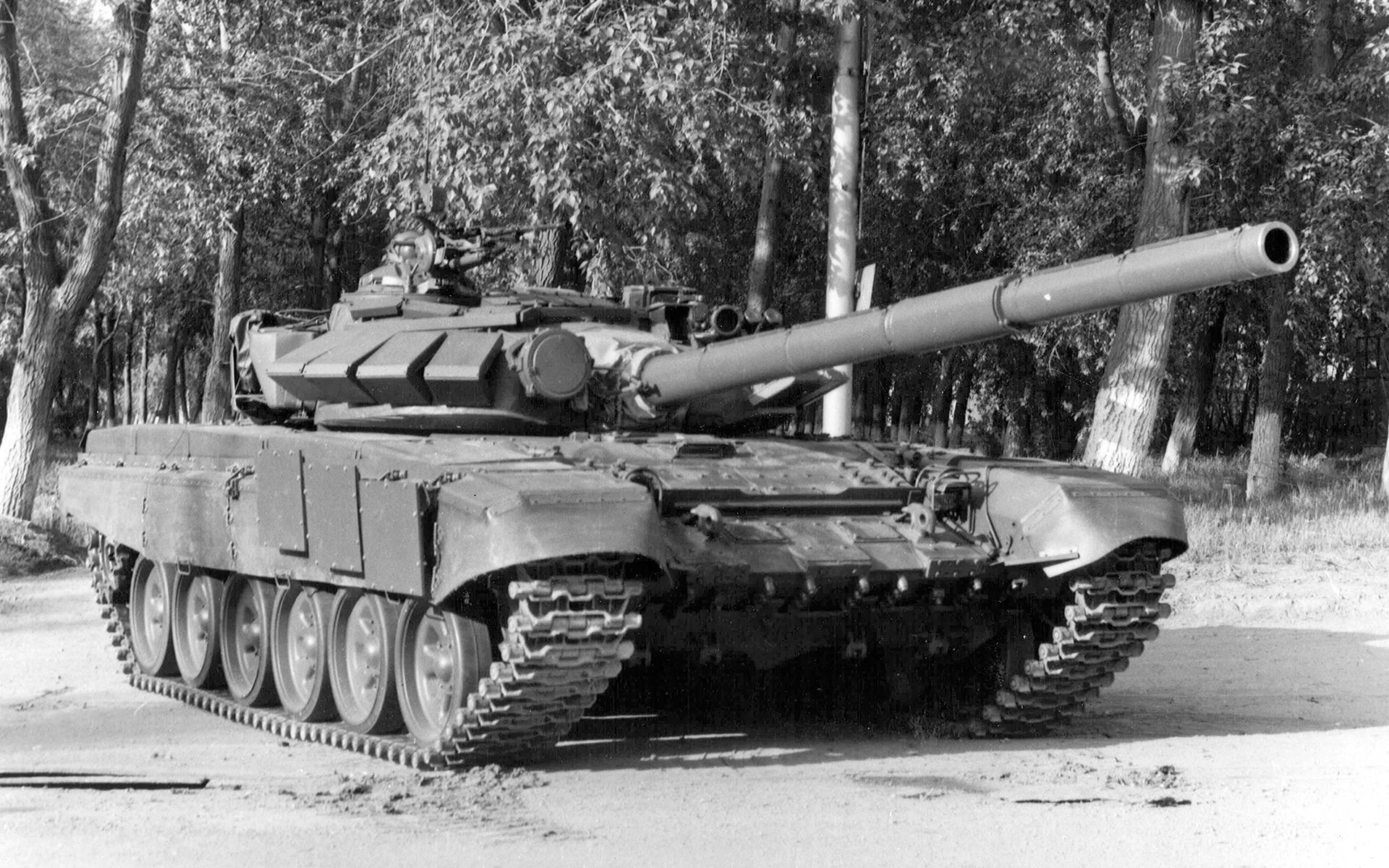
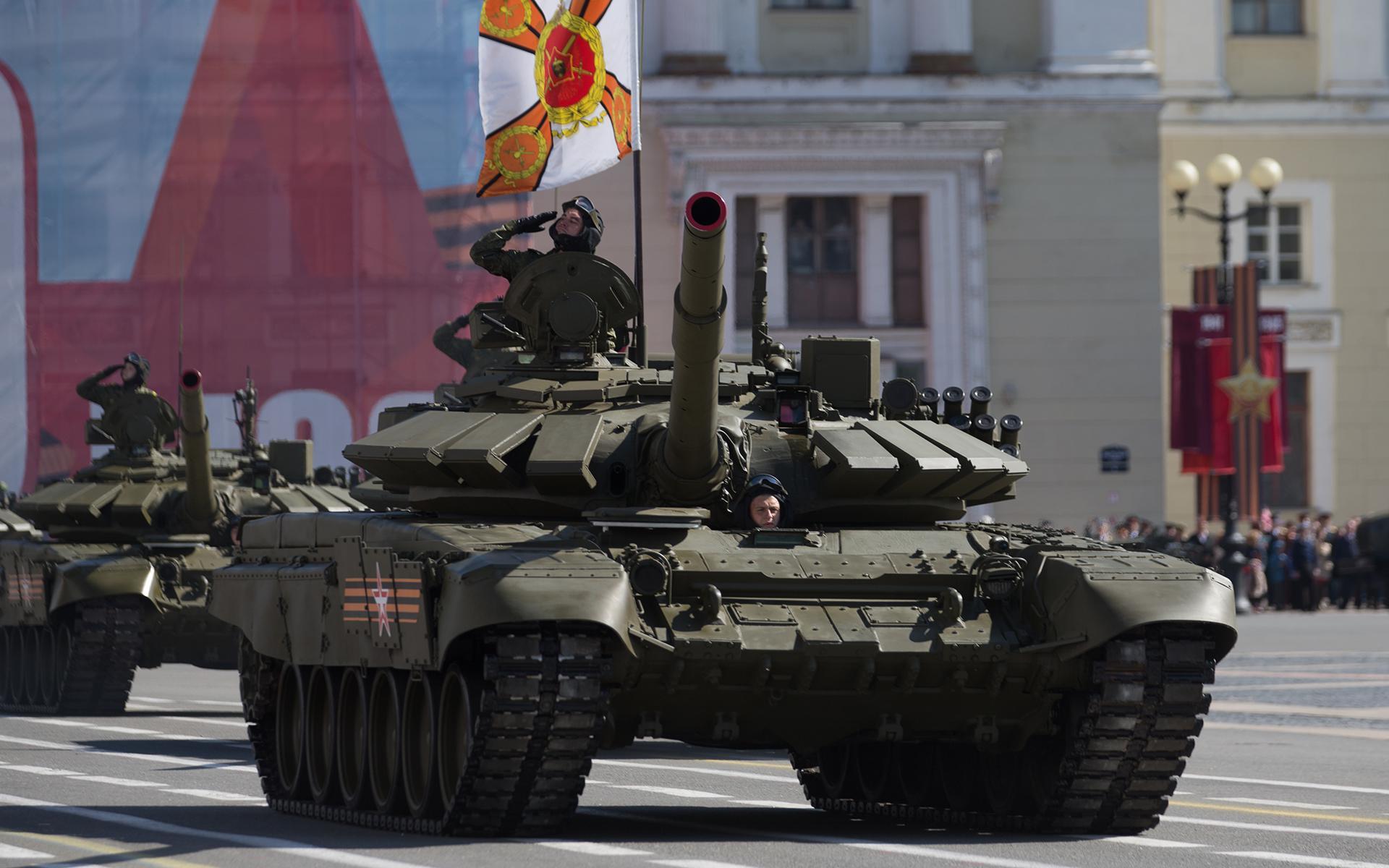
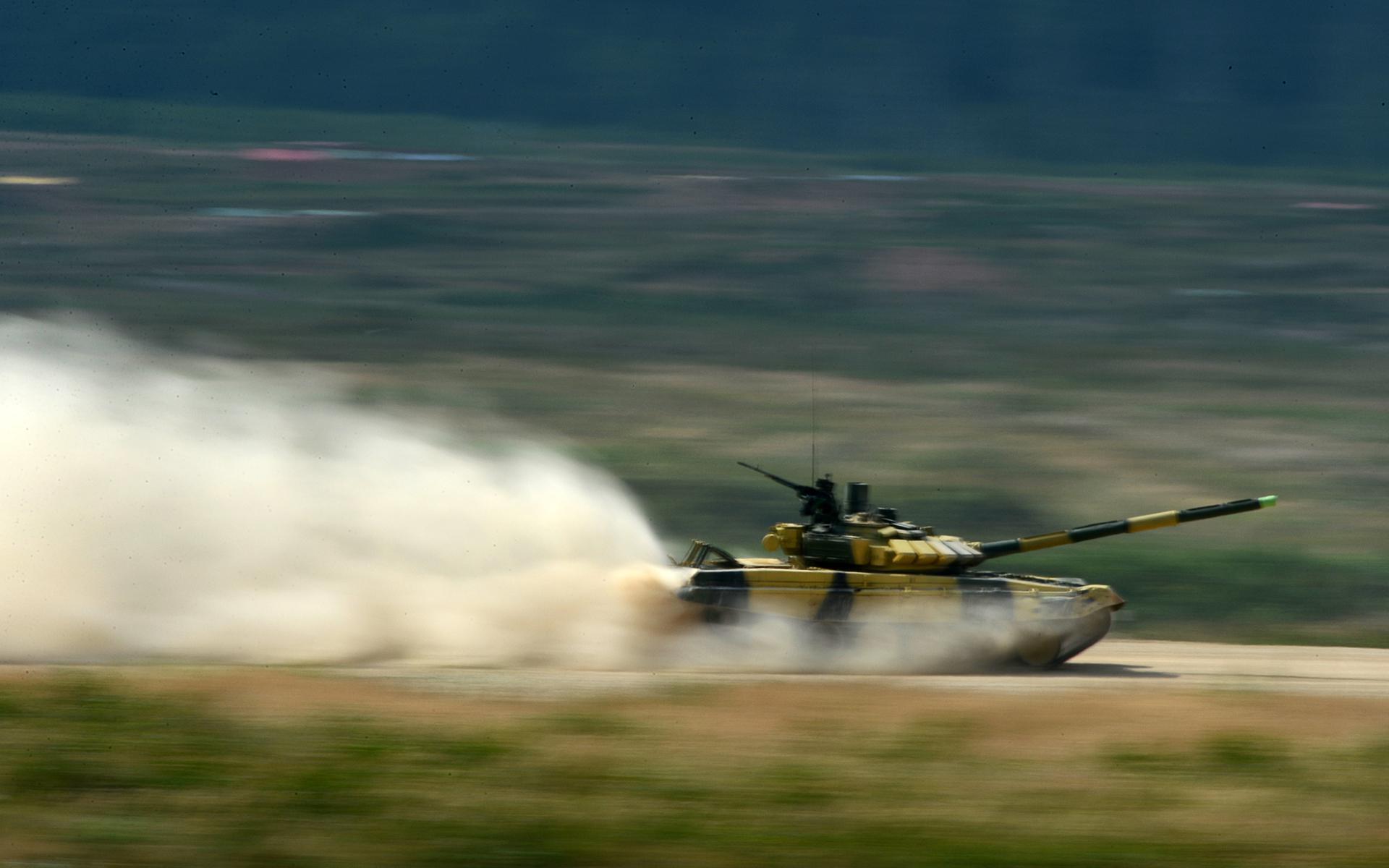
The T-72B3 is considered the standard for tank biathlons. Russia has been hosting these competitions for the best tank drivers and gun operators since 2013. The 2016 event involved 17 countries, with only the Chinese team using their own tanks. All other participants used the Russian-made T-72B3. The Russian team won, as in all previous years.
These competitions are called biathlons because their rules are similar to the classic ski biathlon. Tank crews are assigned penalty laps for poor shooting and navigation. Just like ski biathletes, participants should outpace their rivals and demonstrate impressive firing accuracy.
It takes professional mechanics and drivers to cross the obstacle course without losing speed and control of a tank. The tank specifications are no less important. The light T-72B3 tank’s 1,130 h.p. engine provides it with maneuverability and mobility.
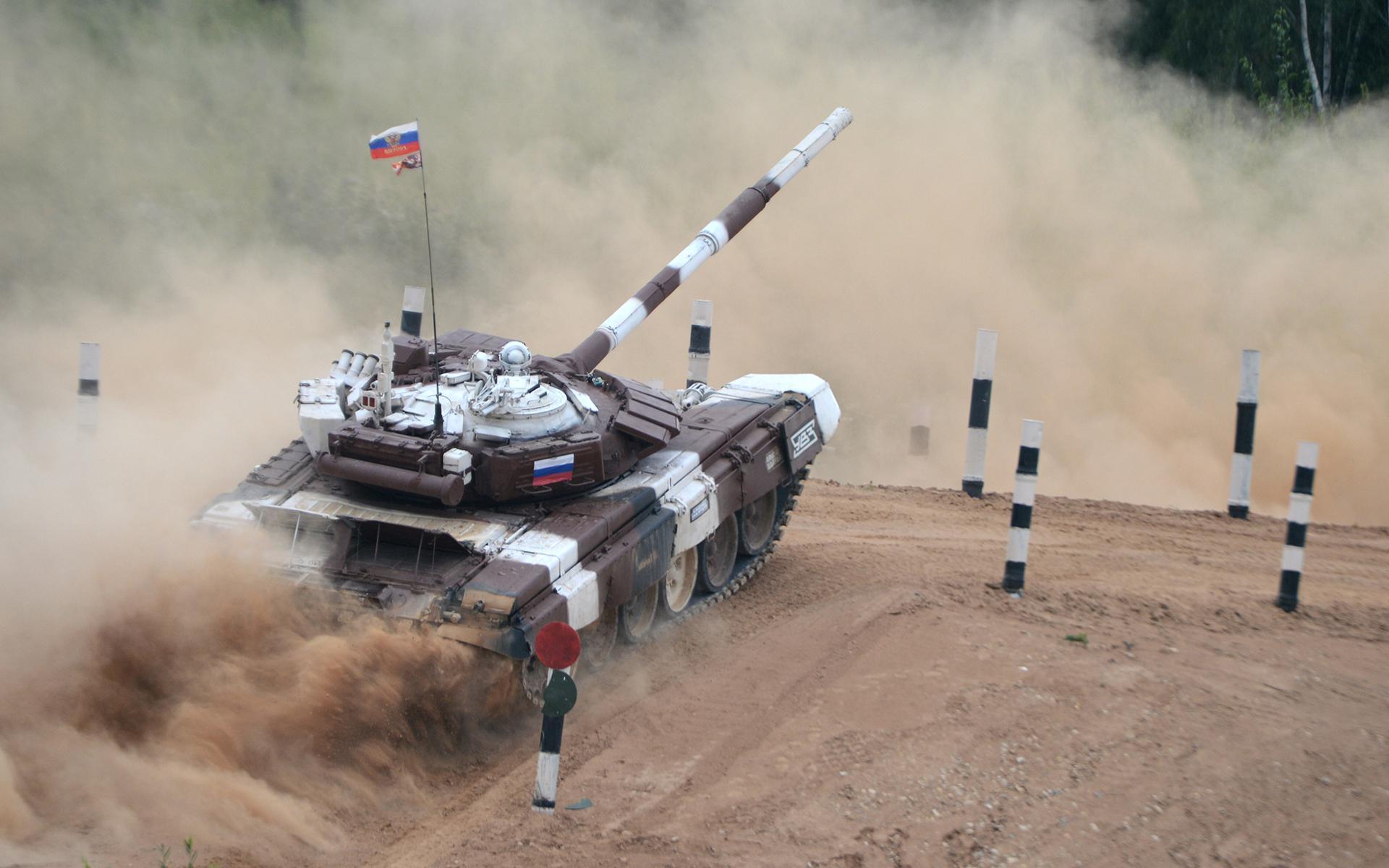
According to regulations, the first stage takes place in military districts (as of 2010, Russia has four military districts: Western, Eastern, Southern and Central). The best crews then compete in Alabino, near Moscow, with the winners advancing to the international stage.
The event consists of three stages: the individual crew race, the semifinals and the finals, in the form of a relay race, involving national teams from every country. Lots are cast before the games, determining the starting sequence, route numbers and the colors of team flags.
The individual race, the first stage of the event, involves three crews from each country driving their own tanks. The competitors drive three five-kilometer laps through ten natural and artificial obstacles, including a shallow ford, a slope, an anti-tank ditch, a band of fire and more.
The first-stage route also includes firing points. Each crew must fire their cannon, antiaircraft machine gun and twin-mounted machine gun from a stand-still.
Unlike the T-72B, the T-72B3 tank features a new version of the highly accurate 125-mm smoothbore cannon. This has reduced average shell-dispersion rates by 15%.The tank also has a target acquisition system.
Team scores include lap times and penalties for violations.
The second stage of the event (semifinals) involves the 12 best teams selected during the first round. This stage is a relay race, with crews from each team driving one vehicle and replacing each other after making four laps. As in the first stage, the competitors must cross obstacles and hit targets at firing points. There is no longer any standard target-shooting program, and lots are cast to select various types of targets and the target-shooting succession. During this stage, tank crews have to fire their cannons on the move, which makes it much harder to hit their targets.
After the second stage, the four top-scoring teams make it into the relay race finals. The event’s final stage is held according to the semifinal rules: the best crew wins the competition.
As a rule, military equipment is presented at exhibitions, forums and congresses. Apart from static exhibitions, it is also demonstrated in action. The International Army Games and the tank biathlon are part of these events. The form in which they are held makes them innovative and intriguing, helping to raise interest among experts and civilians in military equipment, including armored vehicles. Exchanging experience between experts from various countries and promoting advanced tank-crew training methods are an important aspect of the tank biathlon event. Uralvagonzavod employees are actively involved in these processes. In 2016, over 30 experts from the corporation serviced equipment and trained their foreign colleagues.
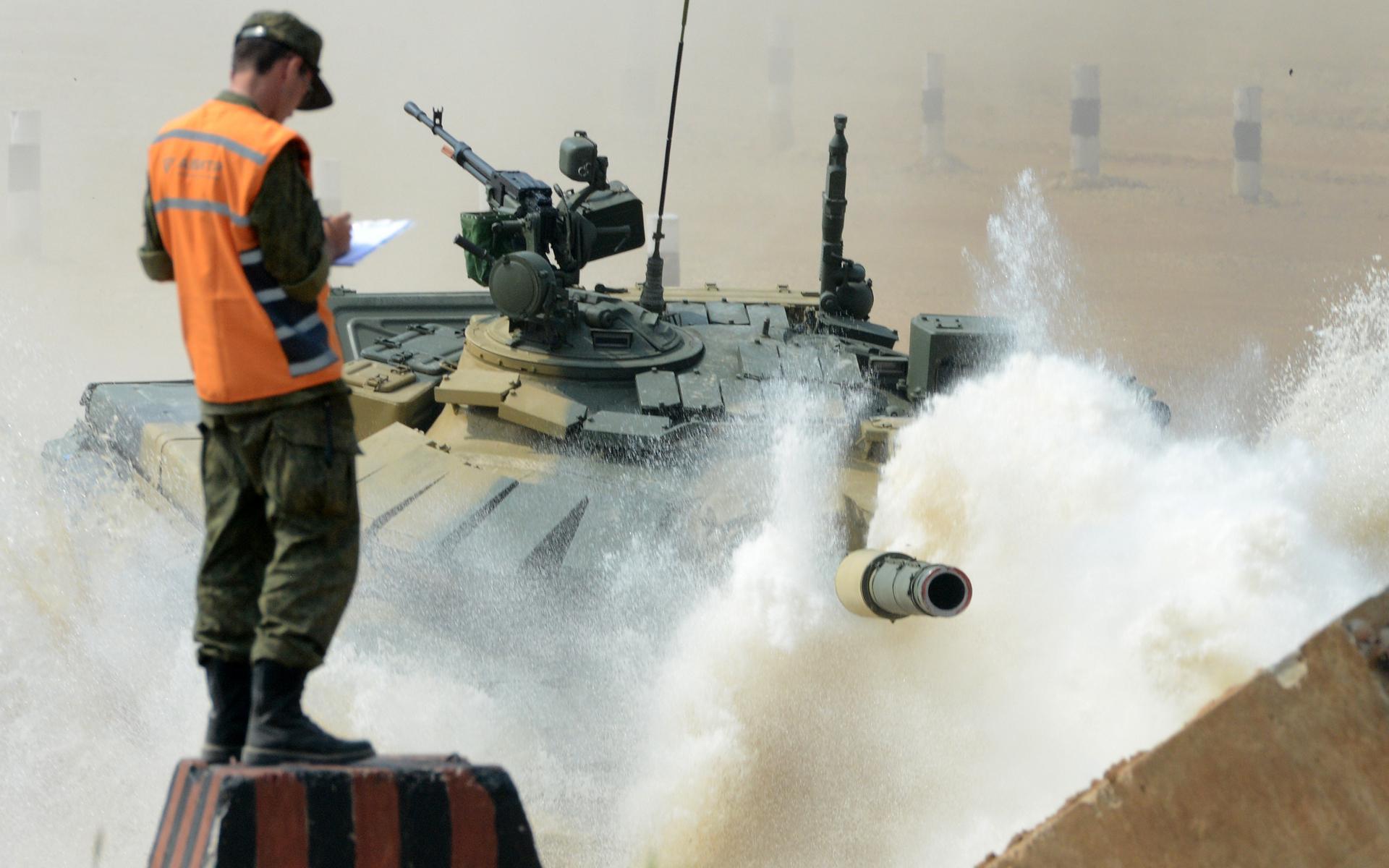
Involving tanks in these competitions provides an opportunity to check all their specifications, test new inventions and confirm their combat potential. This makes it possible to improve and upgrade the tanks, which can have a long service life, just like the T-72B3.
Zhukov Sergei
Pavel Karaulov
Natalya Vetrova
Yelena Kontuzova-Vantula
Konstantin Yemtsev
Pavel Shorokh
The project was based on material provided by the Uralvagonzavod corporation
Photo: Uralvagonzavod; RIA Novosti (Igor Russak, Yevgeny Biyatov, Vladimir Pirogov, Vladimir Astapkovich, Ilya Pitalyov, Kirill Kallinikov, Maxim Blinov, Vitaly Belousov)
Music: «Ghostpocalypse - 7 Master» Kevin MacLeod
Licensed under Creative Commons: By Attribution 3.0 License